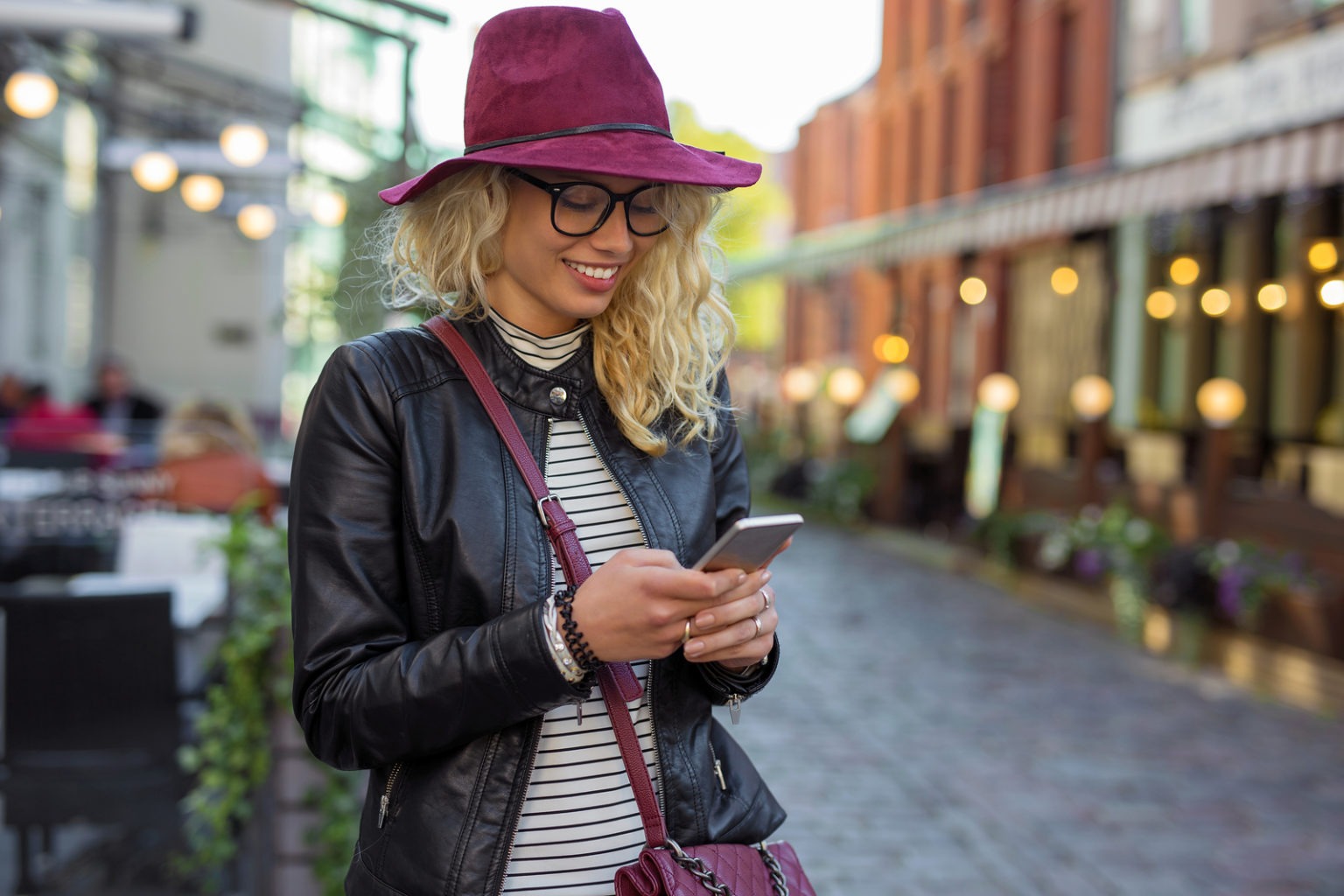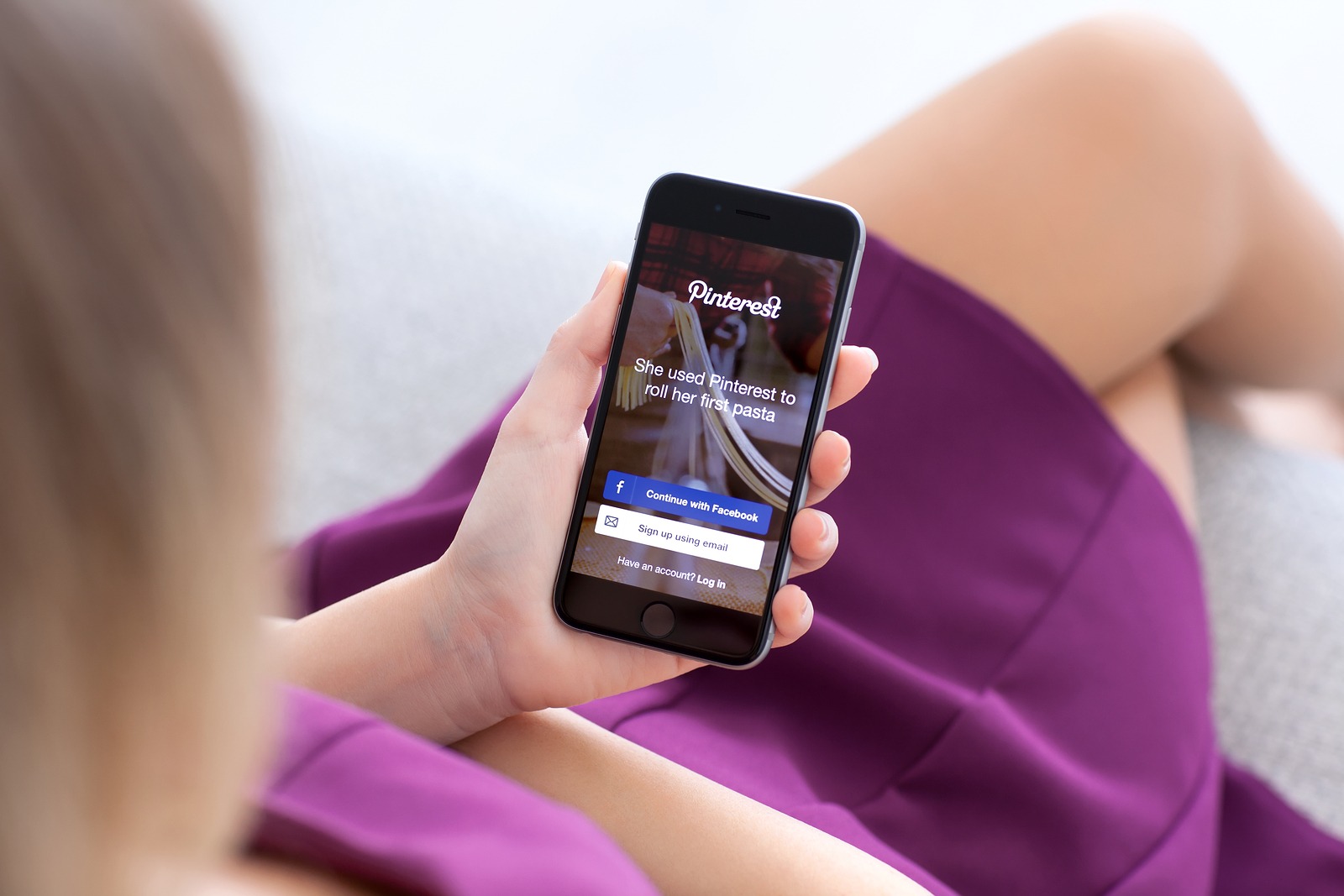Believe it or not, many agencies continue to argue against the value of Pinterest for the brands they represent. This is the default response for marketing professionals who haven’t adjusted their strategies to include the relatively young social network. It took two years from launch for Pinterest to go mainstream and when it did, it exploded in popularity.
Pinterest is a borderline addictive media tool, largely due to its simple concept and clean user-interface which lends itself perfectly to mobile. Here are some facts about Pinterest that may surprise you:
- Pinterest has more than 150 million monthly active users.
- 84% of people use Pinterest across multiple devices
- 67% of Pinners are under 40 years old
- Male users have grown 120% in the past year
And, most importantly…
- 87% of Pinners have purchased a product because of Pinterest
- 93% of Pinners have used the site to plan for a future purchase
Still think Pinterest is a fad? Ignoring Pinterest’s power as a marketing tool could be detrimental to your lifestyle brand. To get the most out of your Pinterest presence, we’ve compiled these tips for increasing sales on the network.

5 Ways to Increase Sales with Pinterest
1. Non-Negotiable: High Quality Visuals.
Without quality imagery, your presence on Pinterest will fail. First, read our post on the stock photography trap. If you haven’t already done so, hire a professional photographer to take your product photography or do a lifestyle shoot. Unique images will always win over stock photography, but horrible low-quality photos (i.e. smartphone pics) will get you nowhere.
Here are some facts to consider when selecting imagery for your Pinterest presence:
- Height: Longer images on Pinterest are more visually appealing in the Pinterest feed and are more likely to get noticed. Pinterest recommends an aspect ratio of 2:3 for all images and they should be at least 600 pixels wide by 900 pixels tall. Unlike all other social media networks, high resolution images win on Pinterest.
- Color: The website Curalate found that images that are reddish-orange get twice as many repins as images where blue is the dominant color. Multiple dominant colors are also popular, receiving over 3x more repins than images with a single dominant color.
- Faces: The same study revealed that pinners prefer images without a face. Photos that show people are acceptable as long as the product is the clear and predominant focus.
- Background. Unlike showcasing your products on eCommerce sites like Amazon.com, images with white backgrounds don’t get pinned with the same frequency as images with multicolor backgrounds. The name of the game is “visual interest” — lifestyle photography will showcase the environment that your products are used in.
2. Use the ‘Rich Pins’ Feature for Brand Consistency.
Part of effective branding is having total control over your image and message. Since anyone can download the Pinterest browser button for faster pinning, consider connecting Pinterest’s ‘Rich Pins’ feature to your website. Instead of having Pinterest users typing in their own description to go with your image, Rich Pins pulls information from your images to automatically populate a user’s pin when they share any image from your site. The information includes real-time price information, availability, description, and location. No matter when a pin is shared it will always be updated with the most accurate and current information directly from your company’s site.
3. More Keywords.
We hope that you’ve heard the term ‘keywords’ before, especially when building out your company’s website. Keywords are how your customers search for and find you online. Keywords are the cornerstone of SEO as well as paid search. They are also how Pinterest serves up content to its users.
Use the keywords that you leveraged when you built out your site or, if you built out your site without specific SEO guidance, try this: search for terms you think are relevant to your product and see what appears in the Pinterest feed. Click on the pins and see what other common keywords appear in their description to see if you can find new ones. Use those keywords in your ‘Rich Pins’ descriptions.

4. Leverage ‘Buyable Pins’ for eCommerce.
If your company has an eCommerce presence on platforms such as Shopify and BigCommerce, you can take advantage of Pinterest’s ‘Buyable Pins’. With Buyable Pins you can set up your account so that any items that are pinned from your online store appear on Pinterest with a blue “buy it” or “add to bag” CTA button. When users click the buttons, the items are added to a Pinterest shopping cart so users can shop a variety of brands on one platform. A simple way to increase sales almost instantly.
5. Consider Incorporating ‘Promoted Pins’ into Your Content Strategy.
The best content strategy is a mix of diverse approaches that work together toward a common goal. The best strategy is to post regularly and embrace the ‘social’ aspect of social media: like, comment, and share posts that are not your own. Reply to comments on your posts within 24 hours. Engage, engage, engage. Relying solely on pay-per-click (PPC) ads is a recipe for failure, however incorporating them into your engagement strategy is a must.
Start with a small budget and experimenting with Promoted Pins. You can select ads based on three marketing goals: awareness, engagement, or driving traffic to your website. You select the pins and target your audience by segments such as keywords, interests, and locations.
By incorporating these five simple strategies, you’ll be leveraging all available Pinterest resources to make the most of your presence on the site. Learn more about eCommerce marketing for lifestyle brands with these strategies for increasing sales with Facebook and strategies for Instagram.
For more ideas and advice on how elevate your marketing strategy, visit Social Styles on our blog or Facebook.

